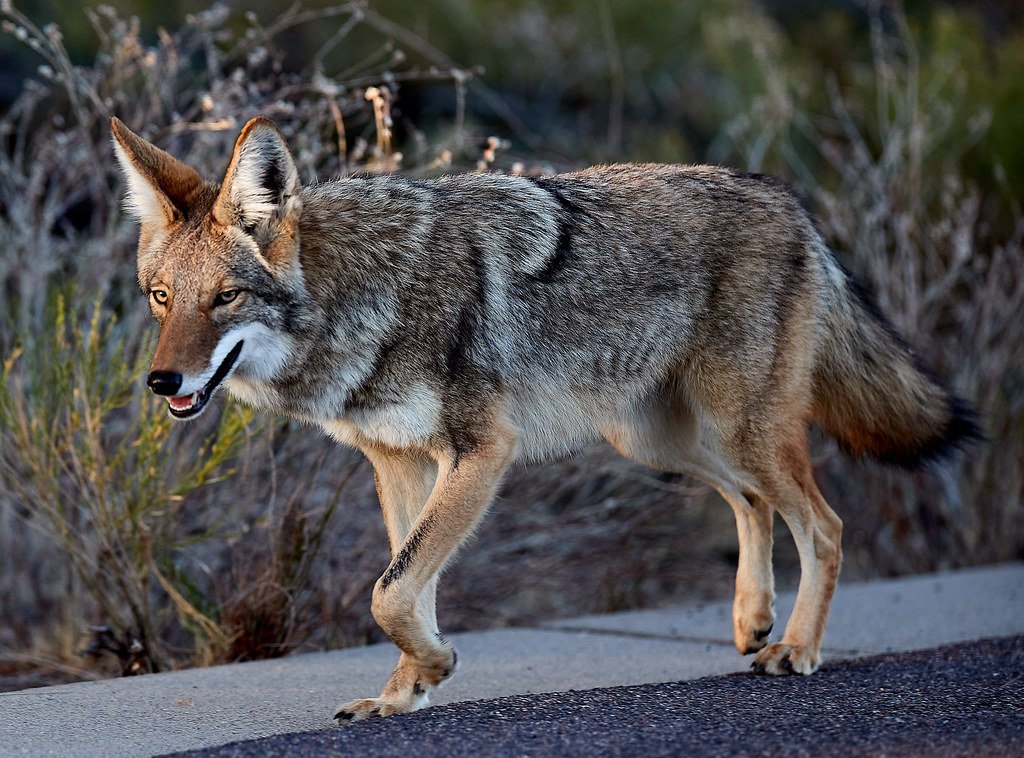Did you ever imagine that a wild coyote could be trotting down your suburban street, right under the glow of city streetlights? The idea might sound surprising, but coyotes have become a regular feature in many American cities. These clever, adaptable creatures are no longer just icons of the wild West—they’re thriving in urban jungles from coast to coast. As animal lovers, it’s both fascinating and a little nerve-wracking to learn how coyotes and people now share sidewalks, parks, and even backyards. Understanding where coyotes are found and how to handle encounters can make city life safer—and a lot more interesting—for everyone.
Coyotes in Los Angeles: Urban Survivors
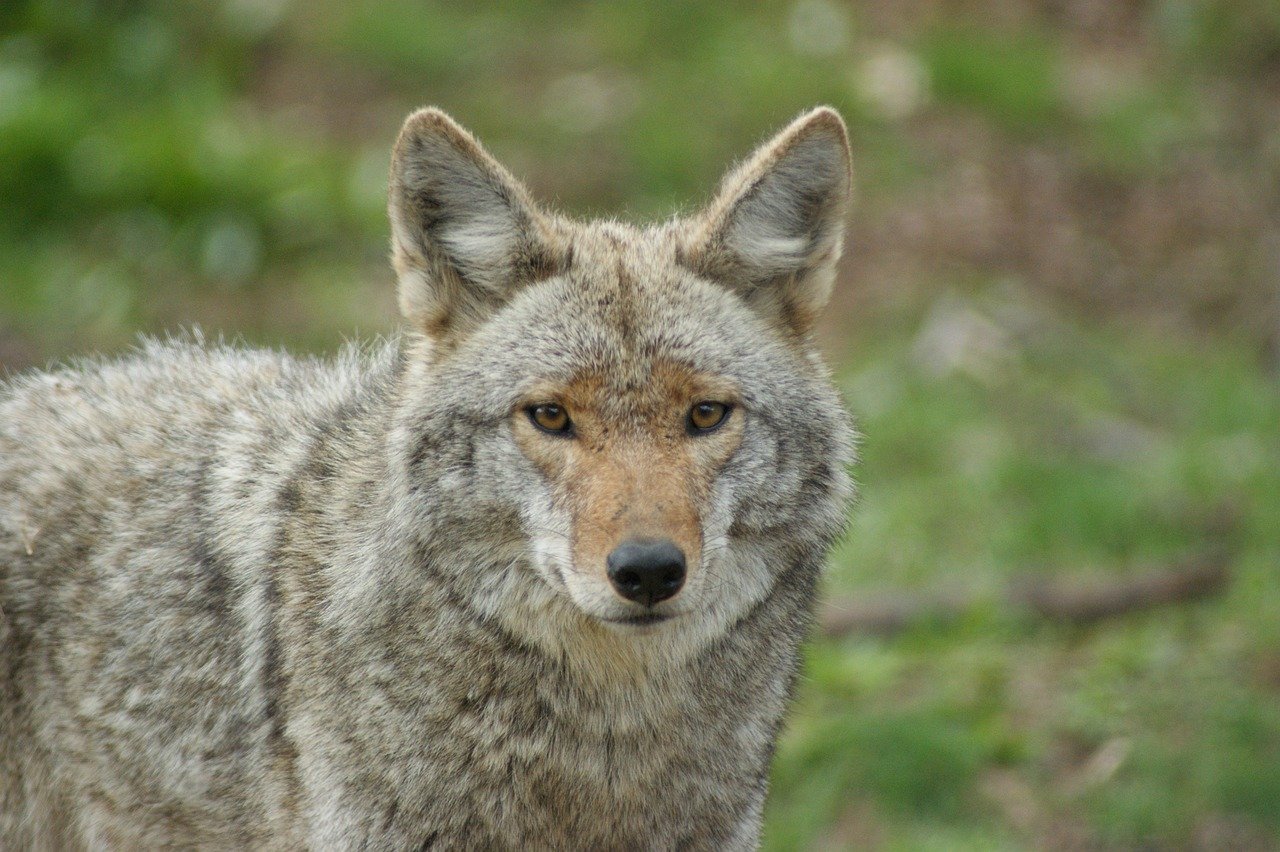
Los Angeles is famous for Hollywood stars, but did you know it’s also home to one of the largest urban coyote populations in the U.S.? The city’s patchwork of neighborhoods, parks, and canyons makes it an ideal place for these adaptable animals. Sightings are so common that local social media groups often light up with photos of coyotes trotting past palm trees or relaxing on golf courses. For many Angelenos, spotting a coyote has become as routine as seeing a squirrel.
Coyotes here have learned to navigate traffic, use storm drains, and even feast on fallen fruit in backyards. Residents are advised to keep pets indoors at night and never leave food outside. If you come across a coyote in LA, experts recommend making yourself look big, waving your arms, and making loud noises to scare it off. It’s a strange dance of coexistence, but one that Angelenos are learning to master.
Chicago’s Unexpected Coyotes
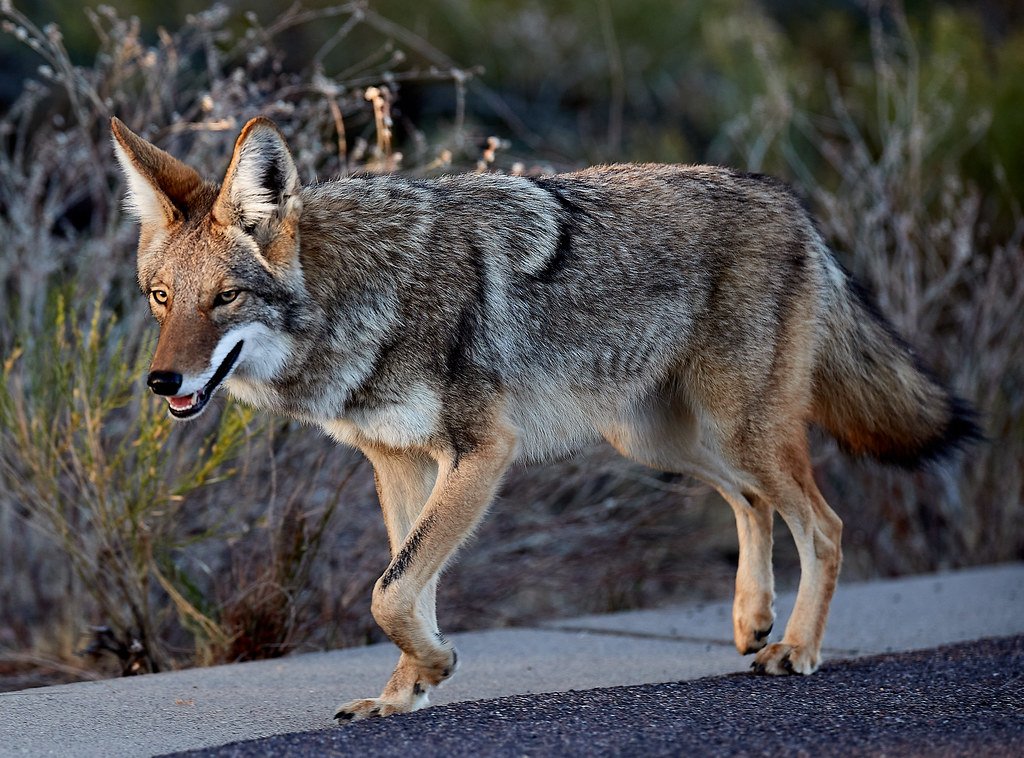
Chicago might seem like the last place you’d find a wild animal, but coyotes have carved out a home in the Windy City’s alleys, parks, and riverbanks. There are even research projects tracking their movements across the urban landscape. Coyotes in Chicago are skilled at avoiding people, mostly coming out at night to hunt for rodents and scavenge for food.
City officials have launched educational campaigns to teach residents how to peacefully coexist with their wild neighbors. People are urged to secure trash cans, keep small pets leashed, and avoid feeding coyotes. If a coyote approaches, standing tall and yelling will usually send it running. In Chicago, coyotes are a reminder that even the busiest city streets can still hold a bit of wild magic.
New York City: Urban Wildlife in the Big Apple
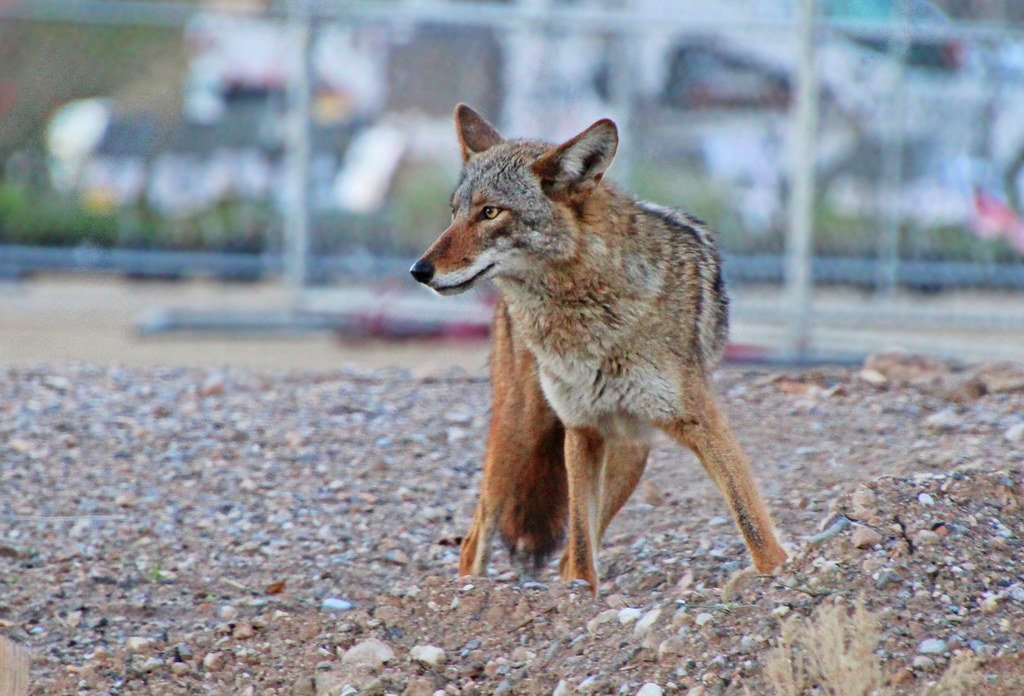
It’s shocking, but true: coyotes have been spotted in all five boroughs of New York City, from Central Park to the Bronx’s wooded areas. These city-slicker coyotes often follow train tracks, creeks, and greenways to move around the city, popping up in places you’d least expect. For many New Yorkers, the first coyote sighting is a genuine jaw-dropper.
Wildlife experts urge city dwellers not to panic. Most urban coyotes shy away from people. However, keeping pets on short leashes and never feeding wild animals are essential precautions. If a coyote lingers in your neighborhood, a quick call to animal control can help ensure everyone’s safety. It’s a little wildness in the city that never sleeps, and a reminder of nature’s resilience.
Denver’s Coyote Connections
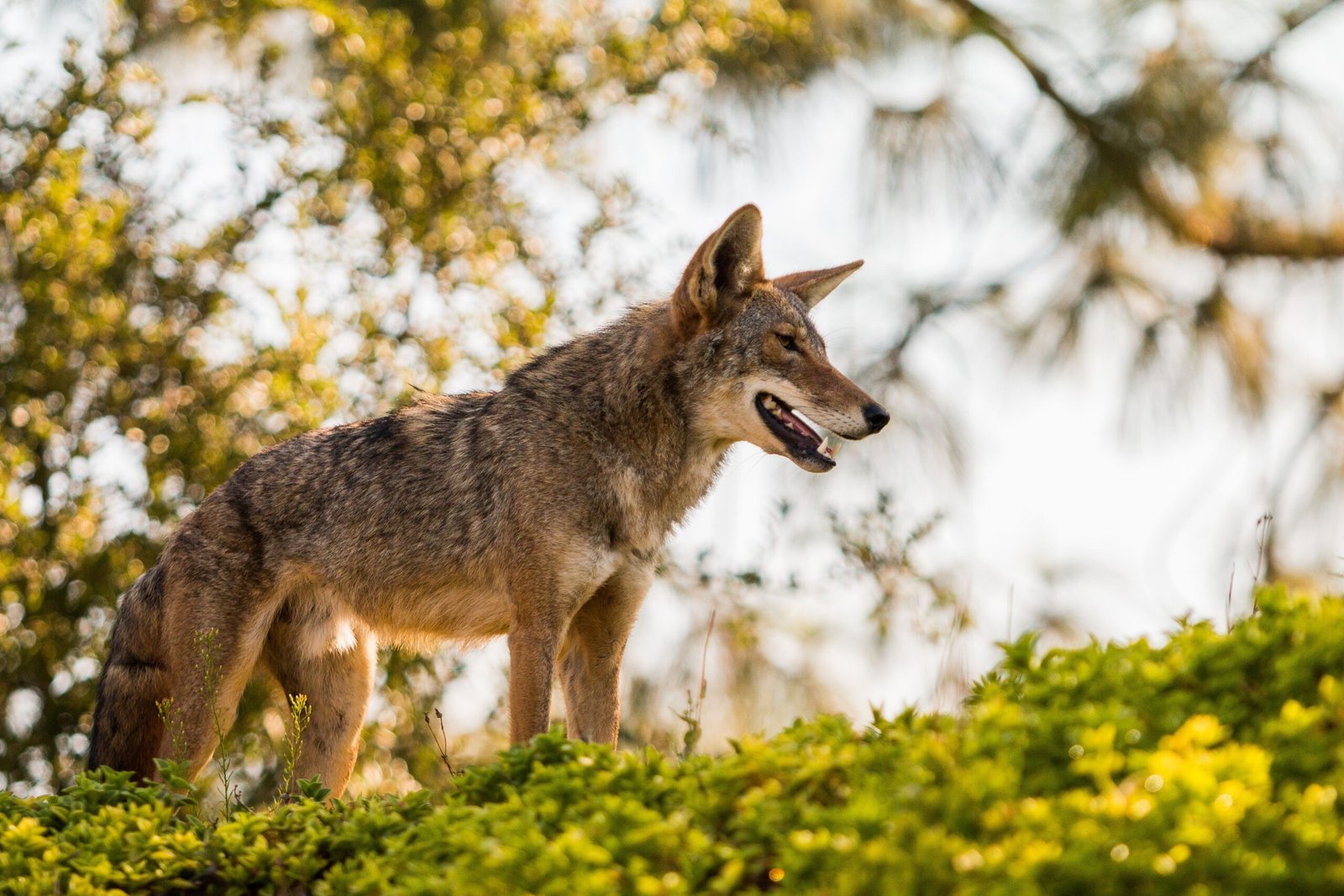
Denver’s proximity to open plains and mountains means coyotes have long been part of the city’s landscape. Over the past decade, however, encounters have increased as both people and coyotes expand into new areas. It’s not unusual to see a coyote jogging through a suburban park or weaving between parked cars at dawn.
Residents are advised to “haze” coyotes if they come too close, which means clapping, shouting, or throwing small objects to scare them away. Community groups offer workshops on coyote safety, teaching families how to protect pets and children. Denver’s approach is all about respect—giving coyotes space while making sure they don’t get too comfortable around people.
Phoenix: Desert Coyotes on the Move
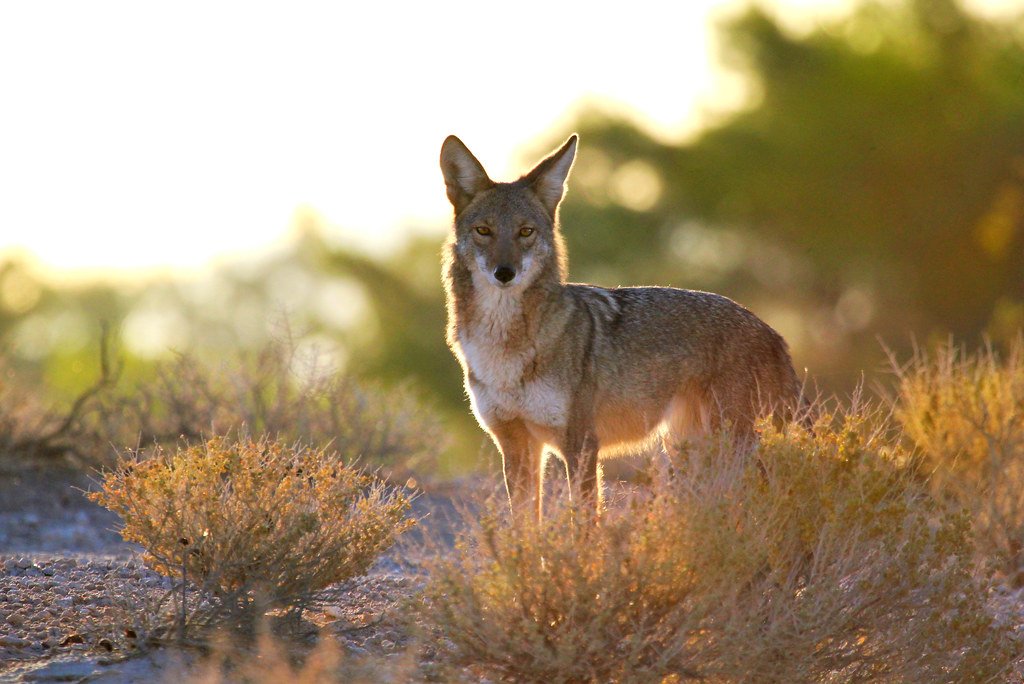
Phoenix’s sprawling suburbs blend right into the surrounding desert, creating the perfect environment for coyotes. These desert dwellers are experts at finding food and water in unexpected places, from backyard pools to neighborhood garbage bins. Sightings spike in the cooler evening hours when coyotes are most active.
Phoenix officials recommend installing tall fences, picking up fallen fruit, and keeping pet food indoors. If you see a coyote, don’t run—stand your ground, make noise, and slowly back away. For many Phoenix residents, living with coyotes is a fact of life, and learning to respect their space is key to peaceful coexistence.
Dallas-Fort Worth: Suburban Encounters
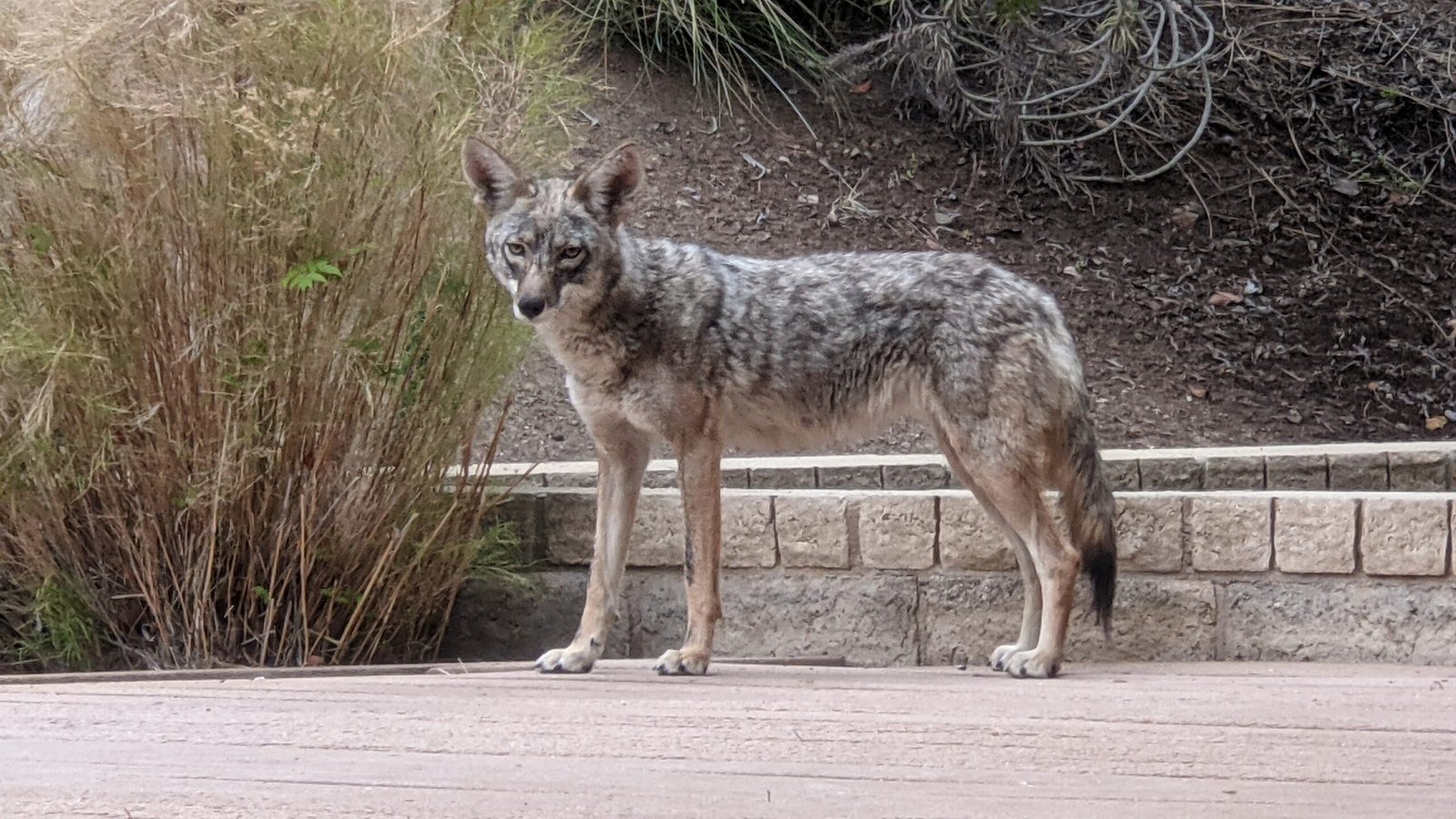
The Dallas-Fort Worth area is a classic example of how coyotes thrive in suburban environments. Golf courses, greenbelts, and creeks provide perfect corridors for these animals to move around unnoticed. It’s not uncommon for residents to spot a coyote on a morning walk or hear their yips at night.
Local animal control emphasizes the importance of not feeding coyotes, whether intentionally or by leaving pet food outside. Residents are also encouraged to use motion-activated lights and noise-makers to deter coyotes from lingering in backyards. The message is clear: coyotes are here to stay, so learning to handle encounters safely is essential.
Seattle’s Shy Coyotes
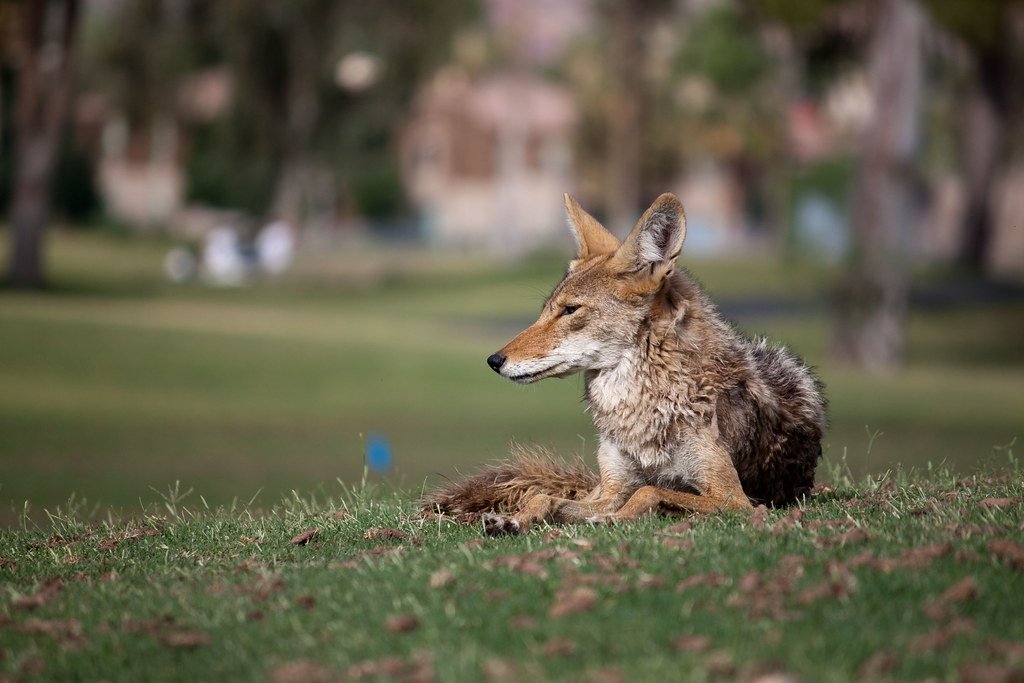
Seattle’s lush parks and green spaces have become havens for a growing coyote population. These animals tend to be more elusive than their city cousins elsewhere, often sticking to the shadows and avoiding busy streets. Still, dog walkers and joggers occasionally spot them trotting along trails or slipping through neighborhoods at dusk.
Wildlife officials remind Seattleites to keep dogs leashed and avoid letting cats roam free, especially near greenbelts. If you run into a coyote, make yourself appear large and noisy. Most encounters end quickly, with the coyote vanishing into the brush. Seattle’s coyotes are a reminder that wildness can thrive even in the heart of a tech-driven city.
Coyotes are no longer just rural dwellers—they’ve adapted impressively to urban life, making appearances in cities across the U.S. From Los Angeles to Chicago, their presence is growing, and so is the need for awareness. Understanding their behavior, securing your pets, and avoiding direct confrontation are key to coexisting safely. These wild neighbors aren’t going anywhere, so learning how to handle encounters with respect and caution protects both humans and wildlife. In today’s urban landscape, peaceful coexistence with coyotes starts with informed, responsible choices.

Andrew Alpin from India is the Brand Manager of Doggo digest. Andrew is an experienced content specialist and social media manager with a passion for writing. His forte includes health and wellness, Travel, Animals, and Nature. A nature nomad, Andrew is obsessed with mountains and loves high-altitude trekking. He has been on several Himalayan treks in India including the Everest Base Camp in Nepal.

